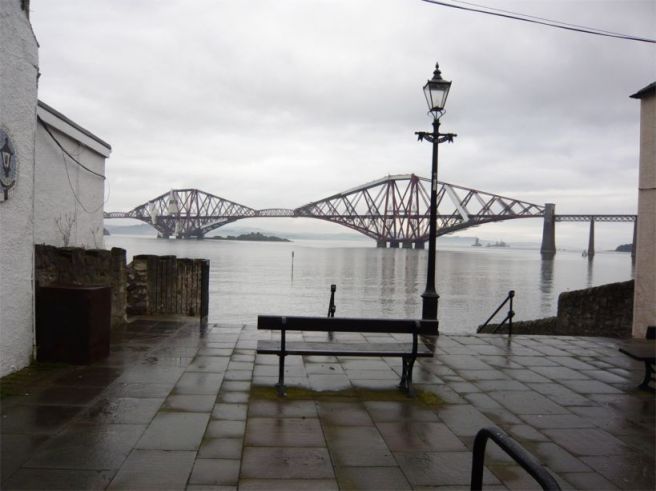 I finished read Rosy Thornton’s book Ninepins a few days ago. It’s a remarkable book about mothers and daughters, about growing up and relationships. It’s quite difficult to describe – it’s not exactly a thriller, although there is a mystery element to it and the tension and suspense gradually build throughout the book. And it’s not exactly a romance, although there is a love story in there too. It’s about people, but there is a satisfying plot and beautiful descriptions of the locations – I learnt a lot about the Cambridgeshire Fens.
I finished read Rosy Thornton’s book Ninepins a few days ago. It’s a remarkable book about mothers and daughters, about growing up and relationships. It’s quite difficult to describe – it’s not exactly a thriller, although there is a mystery element to it and the tension and suspense gradually build throughout the book. And it’s not exactly a romance, although there is a love story in there too. It’s about people, but there is a satisfying plot and beautiful descriptions of the locations – I learnt a lot about the Cambridgeshire Fens.
It rings true to life, with all the anguish and angst of bringing up children as Laura, a divorced single mum struggles to cope as her daughter Beth turns twelve. They live in an old tollhouse, called Ninepins – there used to be a bridge across the lode and the toll was 9d (nine pence), which over time morphed into ‘Ninepins’. To help out with her finances she rents out the self-contained pumphouse, converted from a fen drainage station, to students. Her new lodger is Willow, a 17-year-old student, with a troubled past. She has been in a care home and still needs Vince, her social worker for support. Laura is not sure what influence Willow will have on Beth, who is having difficulties making friends at her new school. When Beth gets into trouble at school, Laura becomes even more anxious and she doesn’t seem able to do right for doing wrong. Then there is Willow’s mother whose appearance on the scene brings about devastation.
This is a darker book than Rosy’s other books that I’ve read and it captures perfectly the precarious relationships between parents and children as they begin to grow up and feel independent. Just how much leeway should Laura give Beth, how much should she intervene in her life, how much should she monitor what Beth is doing are questions that Laura is trying to resolve. Willow’s and Vince’s appearance in their lives bring changes that Laura had just not considered.She knows a little about Willow’s background and what she does know bothers her immensely. It’s the relationships in this book that are the focal point as Laura, Beth and Willow come to terms with their situations. A gripping story that held my interest throughout.
- Paperback: 320 pages
- Publisher: Sandstone Press Ltd (16 April 2012)
- Language English
- ISBN-10: 1905207859
- ISBN-13: 978-1905207855
- Source: Author review copy
- My Rating: 4.5/5



 I came across
I came across 

